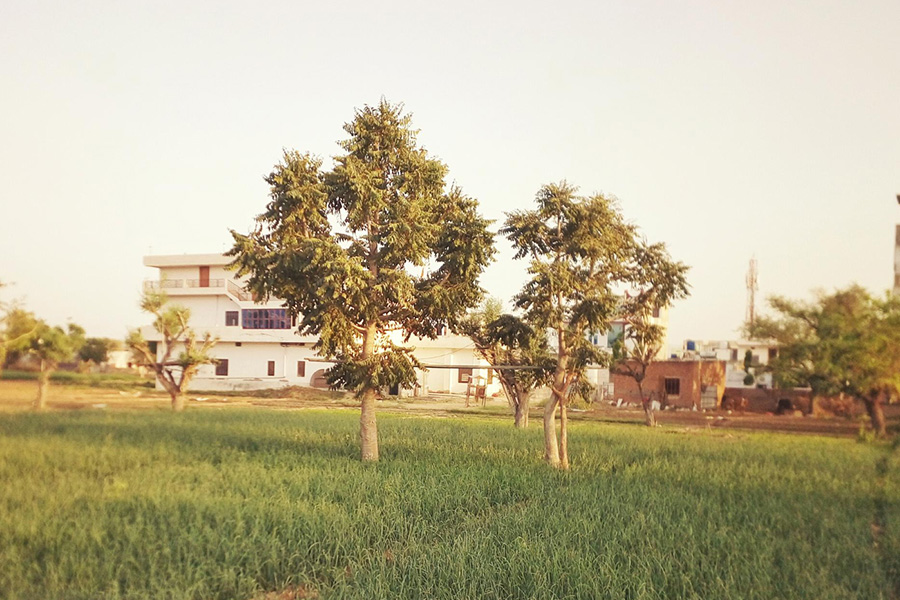
Approximately 70% of the population, constituting 68% of households, resides in rural areas, whereas 29.2% of the population, comprising 32% of households, resides in urban areas.
Authors
Siddhartha Bhasker, Associate Professor of Economics, Jindal Global Business School, O.P. Jindal Global University, Sonipat, Haryana, India.
Aditi Desai, Senior Research Analyst, Centre for New Economics Studies, O.P. Jindal Global University, Sonipat, Haryana, India.
Deepanshu Mohan, Professor of Economics and Director, Centre for New Economics Studies, O.P. Jindal Global University, Sonipat, Haryana, India.
Summary
The Access (In)Equality Index study sheds light on the stark inequalities plaguing India, across both geographic regions and social groups. Examining livelihoods through this spatial lens is imperative for implementing inclusive policies. It is interesting to note that approximately 70% of the population, constituting 68% of households, resides in rural areas, whereas 29.2% of the population, comprising 32% of households, resides in urban areas.
This divide is particularly evident when examining basic amenities. Despite government initiatives like the Jal Jeevan Mission aimed at providing safe drinking water, a mere 22.5% of rural households have access to piped water within their plot or yard throughout the year, while a significantly higher 58.9% of the urban population enjoys such access. This implies that rural India is forced to rely on groundwater and untreated surface water.
While sanitation has seen progress in both areas, the disparity remains. Over 80% of urban households have access to latrines, compared to 68.8% in rural areas. However, challenges like limited infrastructure, geography, and poverty make securing latrines more difficult for rural communities.
The gap extends to clean cooking fuel. Nearly all urban households (92%) utilise cleaner options, while only half (49.8%) of rural households have done so. Interestingly, mobile phone usage is nearly equal across both areas (93.3% rural vs. 96.6% urban). However, the digital divide becomes clear when looking at internet adoption. Just 41% of rural residents have internet access, compared to 64.6% in urban areas.
Published in: The Wire
To read the full article, please click here.

